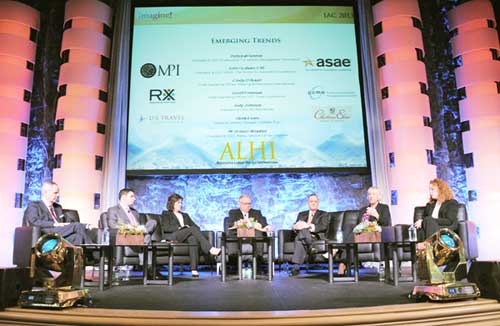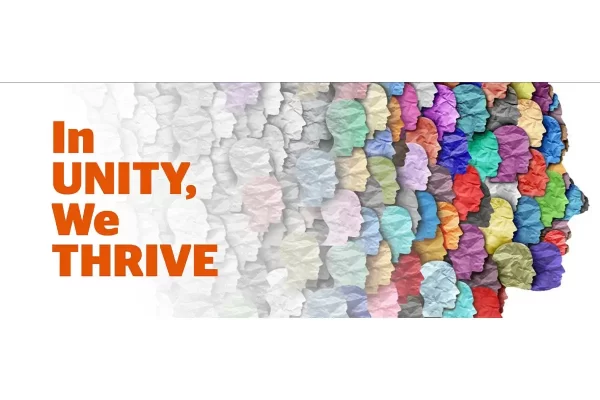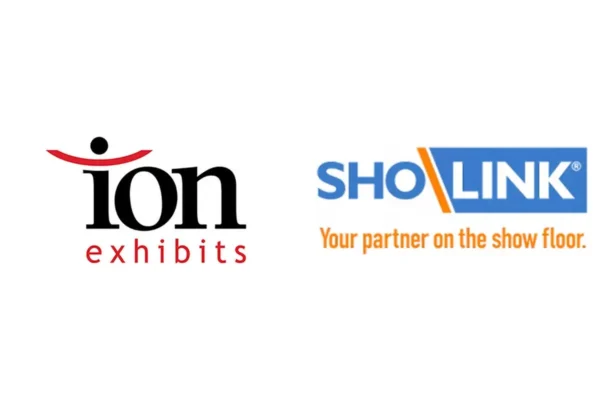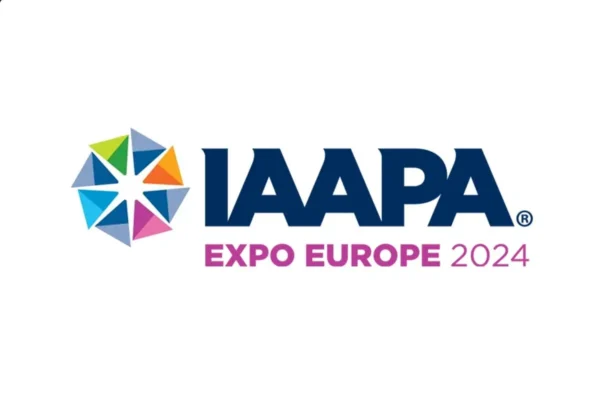Associated Luxury Hotels International (ALHI) recently hosted a general session discussion with many of the meetings industry’s most powerful and prominent executives at a conference for meeting professionals, association executives and business executives.
The “Emerging Trends” interactive session addressed such topics as the value of face-to-face meetings, government meeting attendance, legislation, regulation and tax reform issues and their future impact on the meetings marketplace.

The power panel featured Henk Evers, owner and general manager of ALHI member resort Chateau Élan; Geoff Freeman, chief operating officer of the U.S. Travel Association (USTA); Deborah Sexton, president and CEO of the Professional Convention Management Association (PCMA); M. Robert Weidner, president and CEO of Metals Service Center Institute, who served as moderator; John Graham, CAE, president and CEO of ASAE, The Center For Association Leadership; Cindy D’Aoust, chief operating officer of Meeting Professionals International (MPI); and Judy Johnson, president and CEO of Rx Worldwide.
Among the questions posed to the panel was “Rate your perception of how our industry associations are working together on the issue of primary interest to you within our meetings industry?” A consensus among the seven panelists was that prior to 2008 the industry organizations worked together occasionally, but the economic challenges that started in 2009 brought the industry organizations together in a very positive way.
As Graham of ASAE pointed out, the adversity of the economy is what led to the Return On Investment (ROI) of U.S. Business Travel study, which has been very beneficial to the meetings, travel and hospitality industries.
The economic challenges also prompted industry organizations to “really come together with messages about the economic impact and the jobs and tax revenues of the industry, which resonated well with Washington politicians,” said Graham. “Face-to-face meetings are important, and we made that case together, and we now get together regularly to make sure what we are doing is in the best interest of the collective industry. We are working together extraordinarily well.”
Sexton of the PCMA agreed that industry organizations are working together far better now than they ever have before, but added that industry organizations need to continue to get the messages of the Economic Impact Study out, since some in Washington still see meetings as wasteful. She expressed concern that since the economy is getting better, there is less pressure to finish the job, but she and her counterparts are committed to doing this, as they all have a desire to make our industry stronger.
According to the panel, other potentially negative situations also helped bring the meetings industry together.
“When the president said, ‘Don’t go to Las Vegas’ it was the best day for our industry, because it gave the opportunity for the industry to introduce itself,” said Freeman of the USTA. “It was the adversity that brought all of us together, and it allowed us to build relationships with the folks in Washington to help them better understand what the industry does.
“It has paid dividends in a wide variety of areas to the point where the President Obama administration has embraced travel in ways that no other administration has done – from putting out a national travel strategy to reducing Visa wait times for people getting into the country,” Freeman continued. “The administration has taken a different tone because of the lessons learned in 2009. We’ve made great headway, and we’re finding out how (industry organizations) can work better together. We all have a responsibility to be an advocate for the meetings industry, and now we are better equipped to explain the ROI of meetings, and we are much further along than we even were 12 months ago.”
“For years we lived in a positive economic situation,” said D’Aoust of MPI. “We all knew intuitively that meetings drive growth and business results. We weren’t forced to find data to tell the story. Adversity is generally a cause to make change, and for us it was. All industry organizations need to work together, not just to respond, but to plan ahead. We have different relationships and strengths, and we need to build the story and messages together of why meetings are important.”
After the panel discussed the question regarding how the industry organizations are working together, the results of an audience poll were revealed. Most audience members indicated they thought there was some cooperation and coordination among industry organizations, but only 37 percent thought there was good cooperation and coordination. Furthermore, only 2 percent thought there was excellent cooperation. The audience results came as a bit of a surprise to the panelists, who pledged to do more and communicate more effectively going forward.
Another question posed to the panel and the audience pertained to the efforts deemed most important for industry organizations to focus on. Forty-four percent of the audience believed influencing policy makers to understand the economic impact of meetings and the effects of regulation and policy on the industry was job one. This was followed by establishing the value of face-to-face meetings and conventions, with 30 percent of the vote.
“We need to tell our story better to three audiences: business leaders, program participants and policy makers,” said Freeman. “Business leaders need to see the bottom line impact from these meetings. Program participants (need to be) fully aware of the ROI of their participation and policy makers want to know about economic impact and the millions of jobs tied to the industry. Each of these three audiences is critical.”
Another question focused on whether the next generation of meeting attendees will differ greatly in their desire for, and participation in, face-to-face meetings. Nearly 46 percent of those in the audience voted that the value the next generation finds in face-to-face meeting may differ significantly.
“There will be challenges with the next generation, but we have a great opportunity for mentoring and education, to teach the value of face-to-face meetings,” said D’Aoust. “They grew up differently with electronics, but as they see the importance of business relationships they will see (in-person meetings) as an asset to help them move forward.”
Graham said he believes the next generation will find the same value of face-to-face meetings as his generation.
“Social media is additive to enhance the face-to-face experience, not replace it,” he said. “Our challenge is to make the additive experience even more valuable to face-to-face meetings. The future will be tremendous if we utilize the technology available to us.”
Sexton of PCMA added that she feels that corporations, associations and organizations need to have a digital strategy to make meetings more interactive.
The last question asked whether or not meetings, conventions and expositions are migrating to increased global programs and events. In response, 38 percent of the audience said they would.
“It is a growing requirement for at least 58 percent of our members, hosting or involved with meetings outside of the U.S.,” said Sexton of PCMA. “It has been on an upward trend for the last five or six years, if not longer. It is a growing trend, and there will be more and more.”
MPI has also witnessed this trend first hand.
“Of 12 MPI events, only five are now in North America,” said D’Aoust. “We are seeing more outside of North America, and yes we see a growth of global meetings, but also a growth of regional meetings outside of North America.”
The “Emerging Trends” general session was conducted at the AAA Five-Diamond Bellagio Hotel in Las Vegas.





























